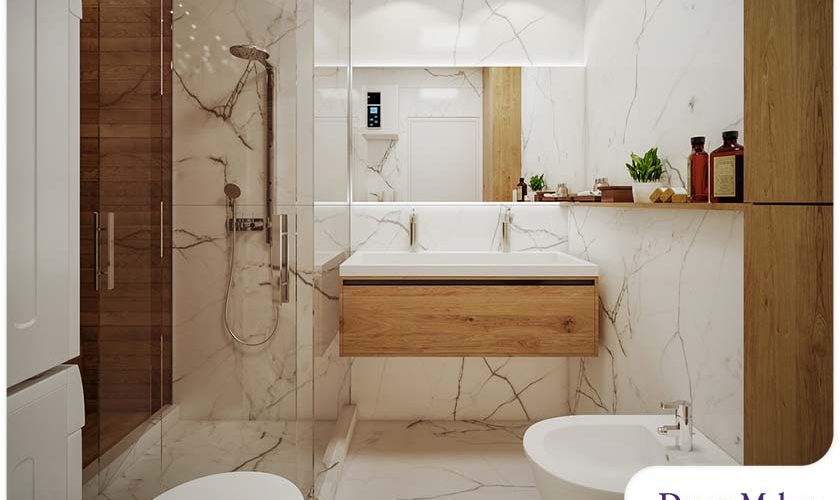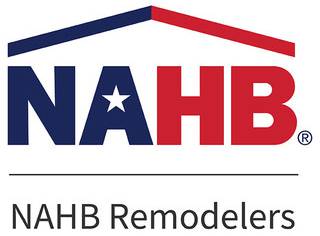
Wet rooms are known for their high-end look, ease of use, and casual style. No matter what your design goals are, you need to plan carefully to create this kind of space. As with most home remodeling projects, you must first obtain a bathroom quote from a trustworthy contractor. This way, you know what to expect in terms of cost.
But before you do so, you have to think about these important design considerations to achieve the perfect wet room for you and your family.
Add shower drainage.
The type of flooring is one of the first things you consider when designing a wet room. To guarantee proper drainage, the floor level may need to be raised or lowered. If there isn’t a stand-alone shower tray the area will need a moderate slope surrounding the shower drain. To prevent water from collecting on the floor and potentially causing damage, it should be pitched at a 1:4 ratio.
Do you have a suspended wood floor? If so, add a shower drain underneath the floor. If you have a concrete floor, your contractor might have to construct a suspended floor out of timber joints. It means that the ceiling will be a bit lower than usual.
Consider a shower surround.
For small bathrooms, skipping a surround is frequently ideal, but the tray needs to be big enough for effective drainage. Consider partial enclosures or screens if you have room to keep other areas dry. Additionally, frameless showers are often simple to keep clean.
Decide on the surface material.
Walls and floors affect the wet room’s appearance and level of maintenance. For instance, tile is a traditional choice. It’s inexpensive, readily available, and comes in numerous colors and patterns for aesthetic options. Tile includes grout lines, so cleanup and maintenance are more difficult.
Natural stone is a terrific alternative. It’s sturdy, low-maintenance, and comes in neutral colors that give your wet room a spa-like vibe, especially when paired with wood. Choose ‘tanned’ surface materials to avoid discoloration and moisture damage. Whatever your choice of surface material is, make sure it is accounted for in your bathroom estimate.
Consider adding a shower screen.
The goal of a wet room is to have an open, seamless space within your bathroom. However, for aesthetic reasons, many homeowners still install screens to distinguish the shower or tub area from the rest of the room. Choose frameless glass shower screens if you want to try the same thing. When done this way, the wet room will still look streamlined and spacious while making the desired visual statement.
Get Started on Your Bathroom Upgrade
DreamMaker Bath & Kitchen of Omaha is the only “bathroom remodeler near me” you can trust for exceptional bathroom remodeling services in Douglas County. We’ll make that possible in any way we can. Start a conversation by calling us at (402) 360-9594 or filling out this contact form. We are proud to serve homeowners in Omaha, NE, and the areas of Papillon, Millard, La Vista, and Elkhorn.










